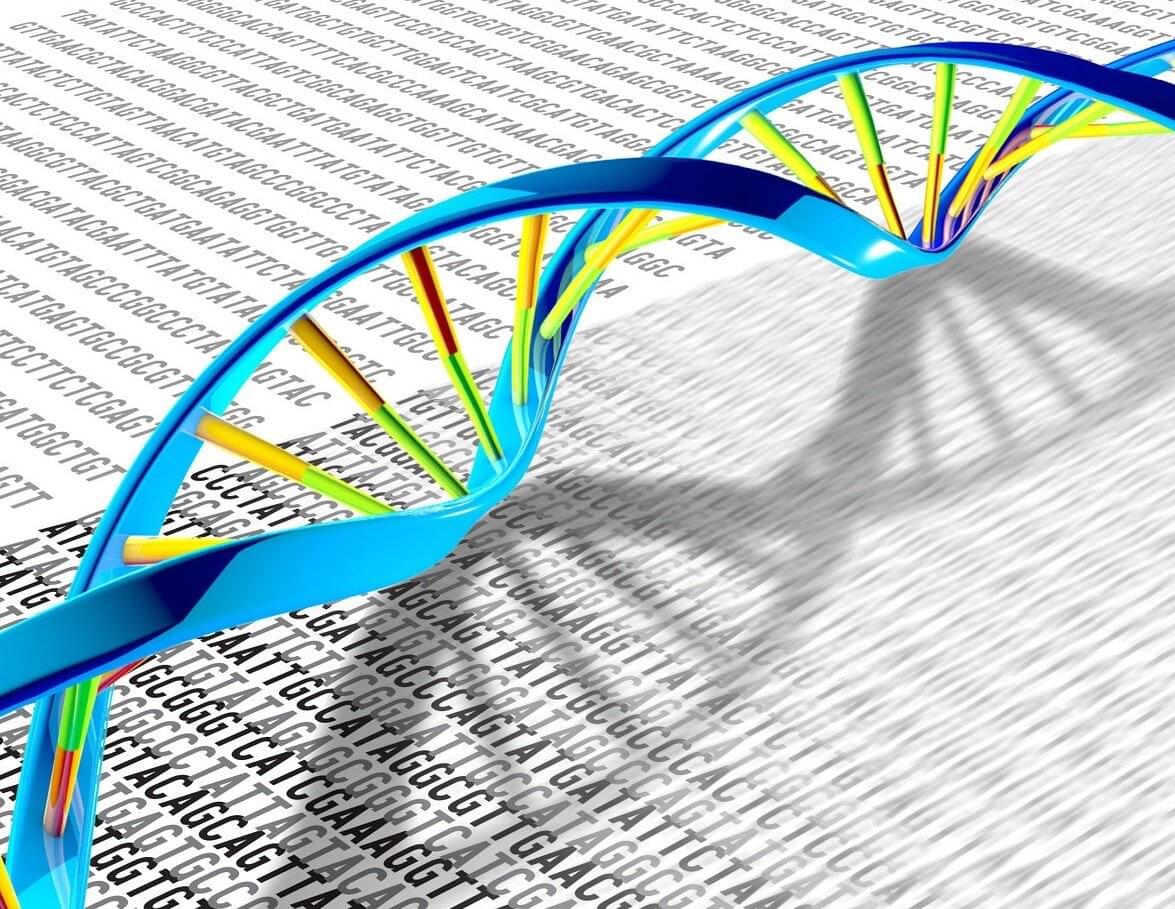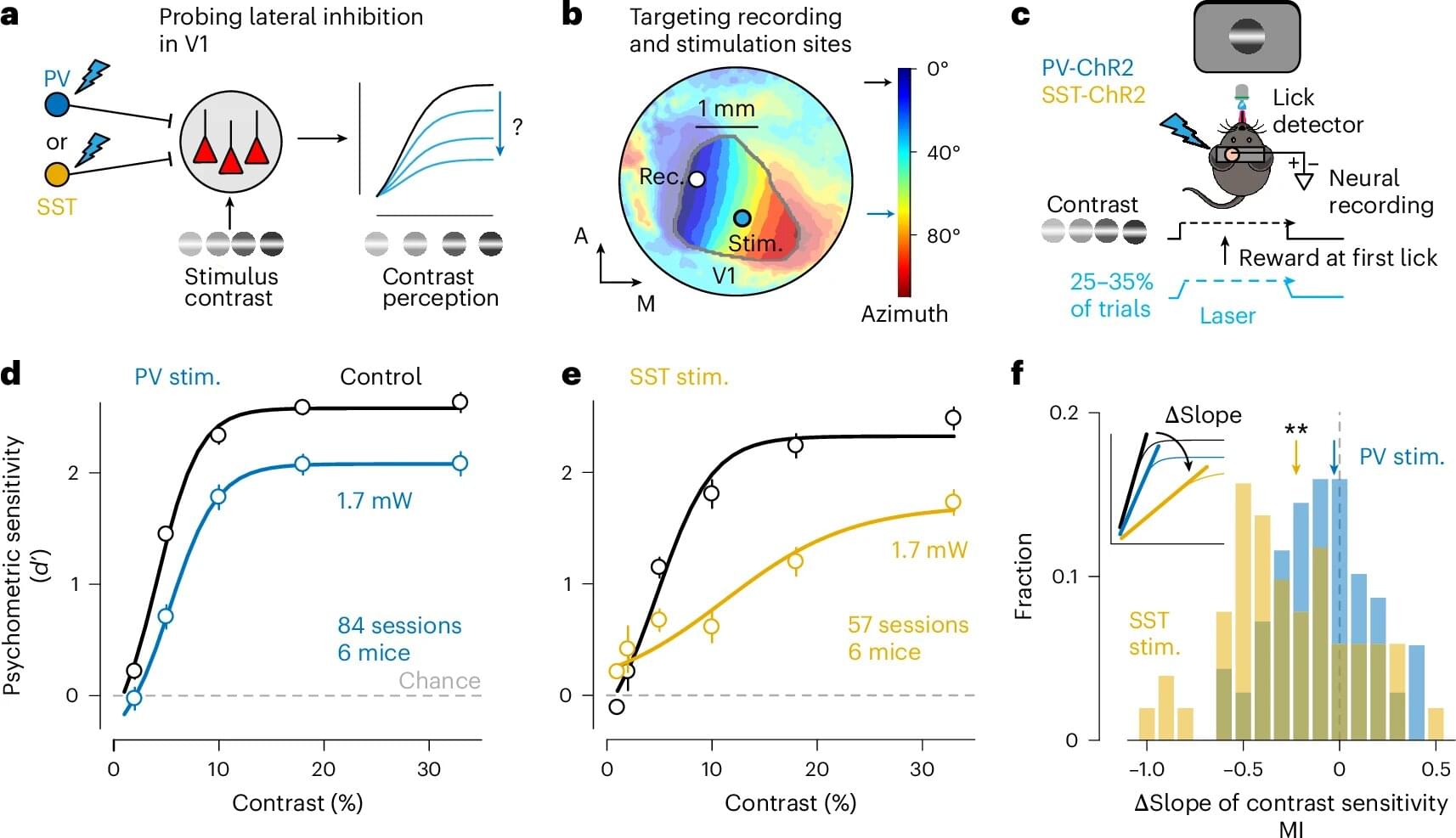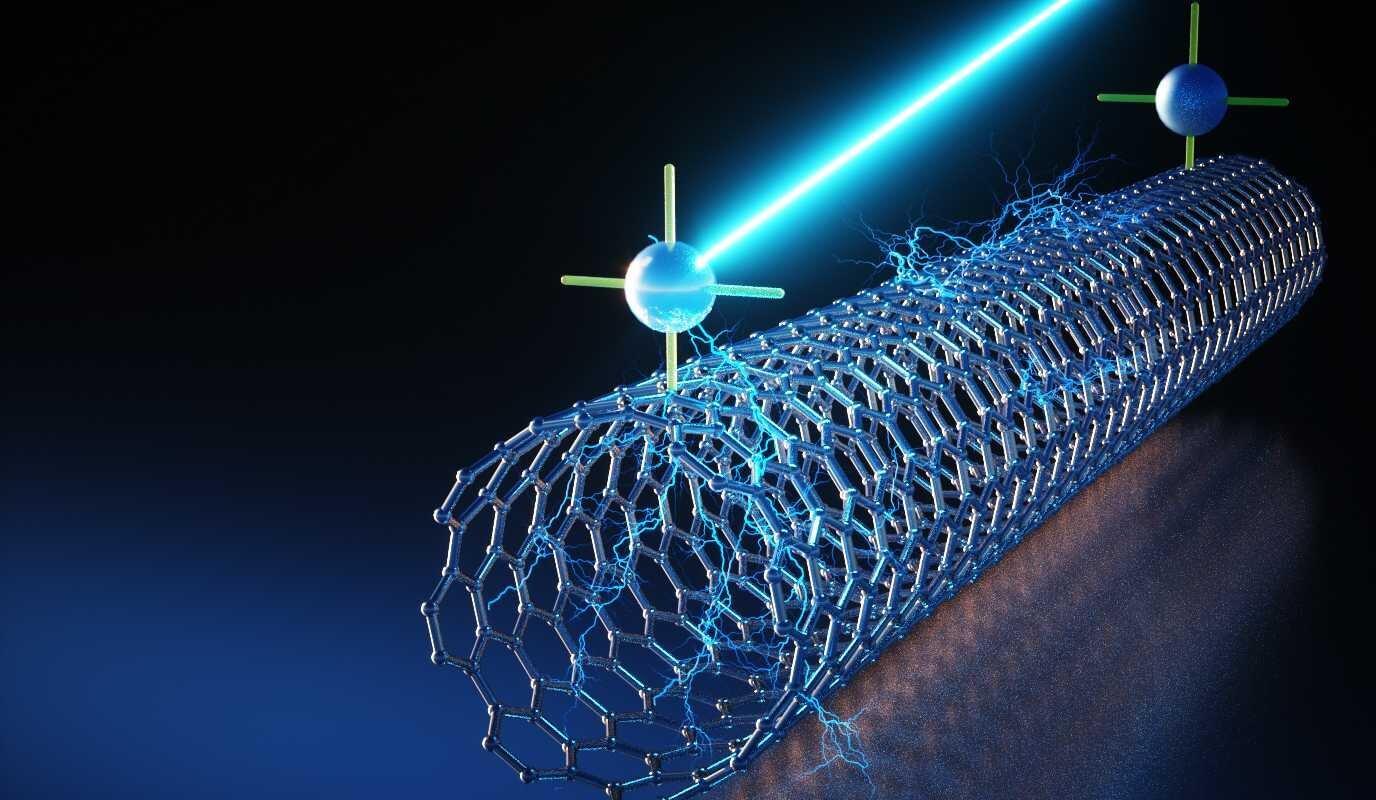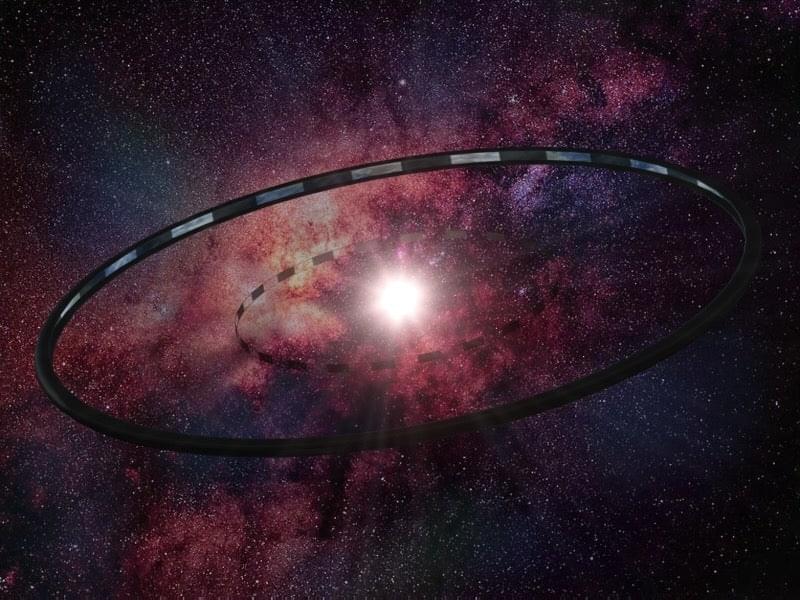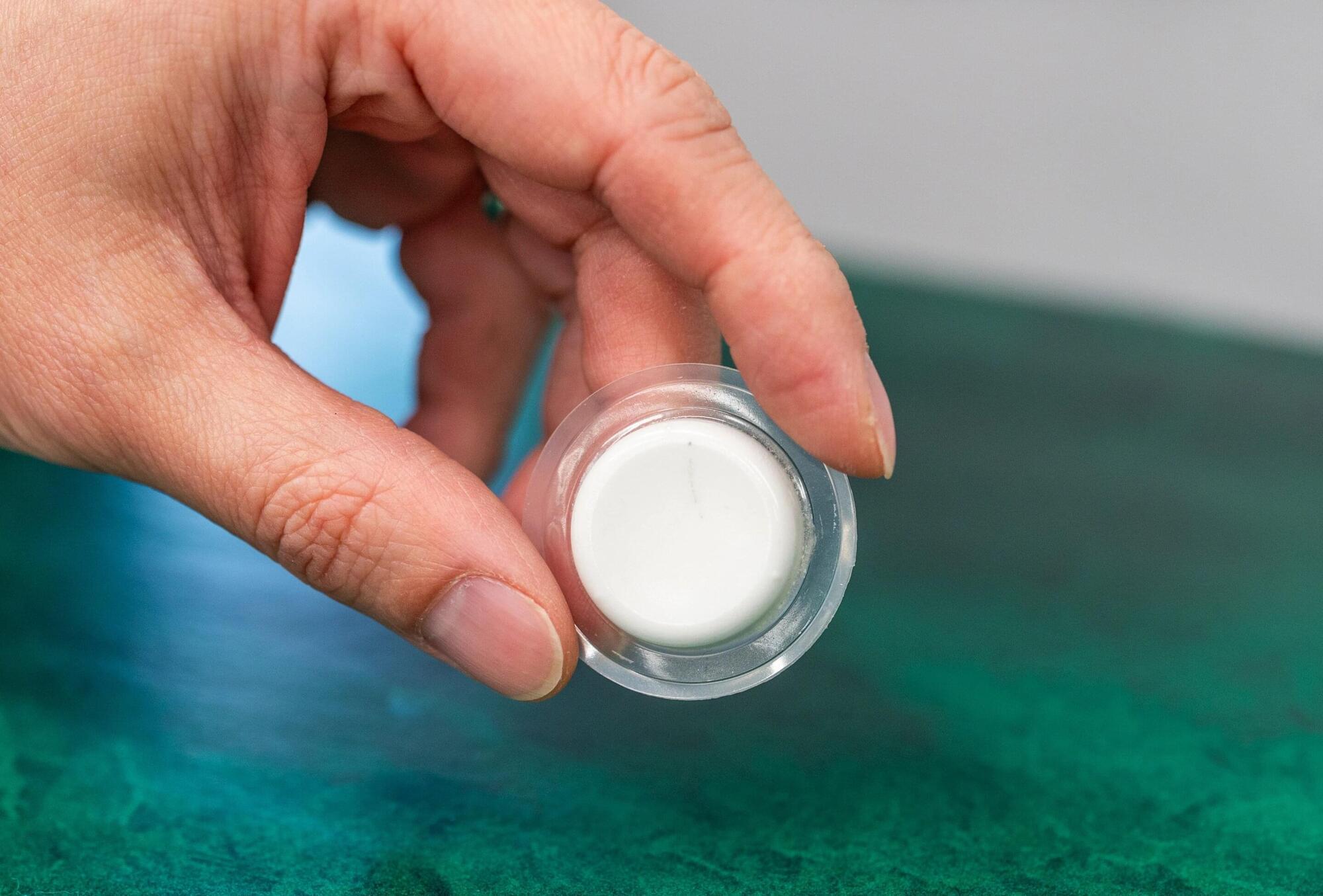A new study has been published in Nature Communications, presenting the first comprehensive atlas of allele-specific DNA methylation across 39 primary human cell types. The study was led by Ph.D. student Jonathan Rosenski under the guidance of Prof. Tommy Kaplan from the School of Computer Science and Engineering and Prof. Yuval Dor from the Faculty of Medicine at the Hebrew University of Jerusalem and Hadassah Medical Center.
Using machine learning algorithms and deep whole-genome bisulfite sequencing on freshly isolated and purified cell populations, the study unveils a detailed landscape of genetic and epigenetic regulation that could reshape our understanding of gene expression and disease.
A key focus of the research is the success in identifying differences between the two alleles and, in some cases, demonstrating that these differences result from genomic imprinting —meaning that it is not the sequence (genetics) that matters, but rather whether the allele is inherited from the mother or the father. These findings could reshape our understanding of gene expression and disease.
